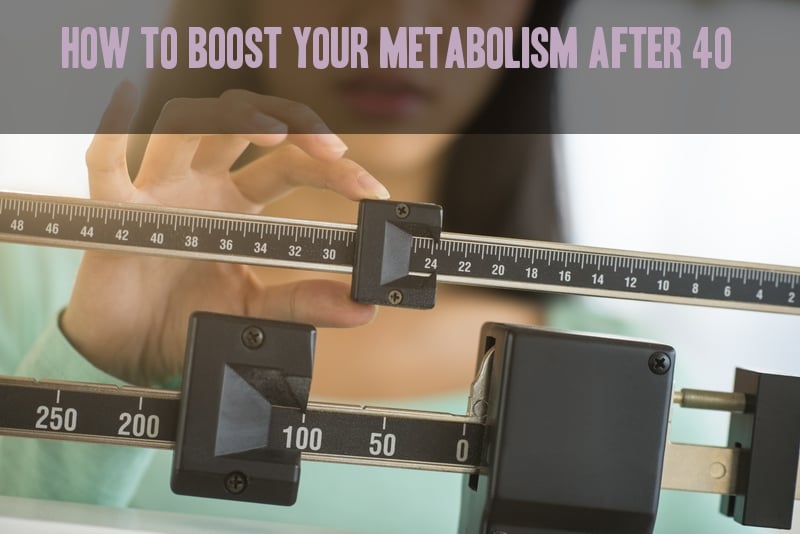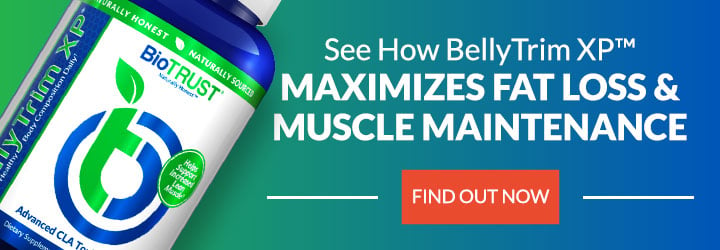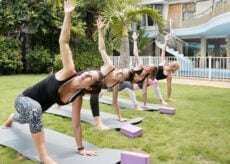Use It or Lose It: How to Boost Metabolism After 40

Without fail, one of the most common questions that I hear is, “How can I boost my metabolism? As I’ve gotten older, it has slowed to a screeching halt.”
Studies show that, on average, folks tend to experience a 2 – 4% decrease in metabolic rate with each passing decade after the age of 20.1–3 What’s also interesting to note is that adults lose 3 – 8% of their muscle mass per decade after the age of 30.4
In other words, there appears to be a direct correlation between the age-related decline in metabolic rate and muscle loss. This is not terribly surprising; after all, muscle is “metabolically active,” burning calories even at rest and accounting for about 30% of total metabolic rate.5–7
As folks age, they tend to move less, and inactivity can accelerate muscle loss. For instance, after just 10 days of bed rest, researchers found that otherwise healthy older adults experienced a 10% decrease in muscle mass.8
Use It or Lose It
The “use it or lose it” mantra isn’t only for older folks. In another study, researchers found that when healthy young men reduced their daily activity levels from 10,000 steps per day to less than 2,000 (which is not uncommon for many people), they lost 5% of their muscle mass in just TWO weeks.9
But it’s not all bad news; rather, this connection tells us that the typical age-related decline in metabolic rate is NOT inevitable and neither is the associated loss in muscle mass.
Weight training is a foundational exercise component for everyone, and research has shown that older adults can increase muscle mass up to a 44% in just 12 weeks of strength training.10
In addition to protecting calorie-burning muscle mass, resistance training also has an acute beneficial effect on metabolic rate. You see, a single bout of strength training can result in a substantial increase in excess post-exercise oxygen consumption (EPOC)—or, what is more commonly known as “the afterburn effect”—for 24 – 48 hours after exercise.11 In other words, resistance training acts like a double-edged sword to boost metabolism both acutely (through EPOC) and in the long-run (by increasing muscle mass).
Dr. Brendan Egan and his colleagues have found that performing bodyweight exercises 3 times per week—for only 30 minutes—for 6 – 12 weeks can increase muscle mass by 3%.12 That may not sound like much, but if you recall the statistics above, that’s equivalent to what can be lost in an entire decade!
Take Away: How to Boost Metabolism
The take-home point is that you are NOT doomed to have a metabolism that slows to a snail’s pace as you age. There are factors well within your control that you can help you preserve your metabolic rate, and you can start protecting your calorie-burning muscle mass by getting moving. After all, if you don’t use it, you lose it.






